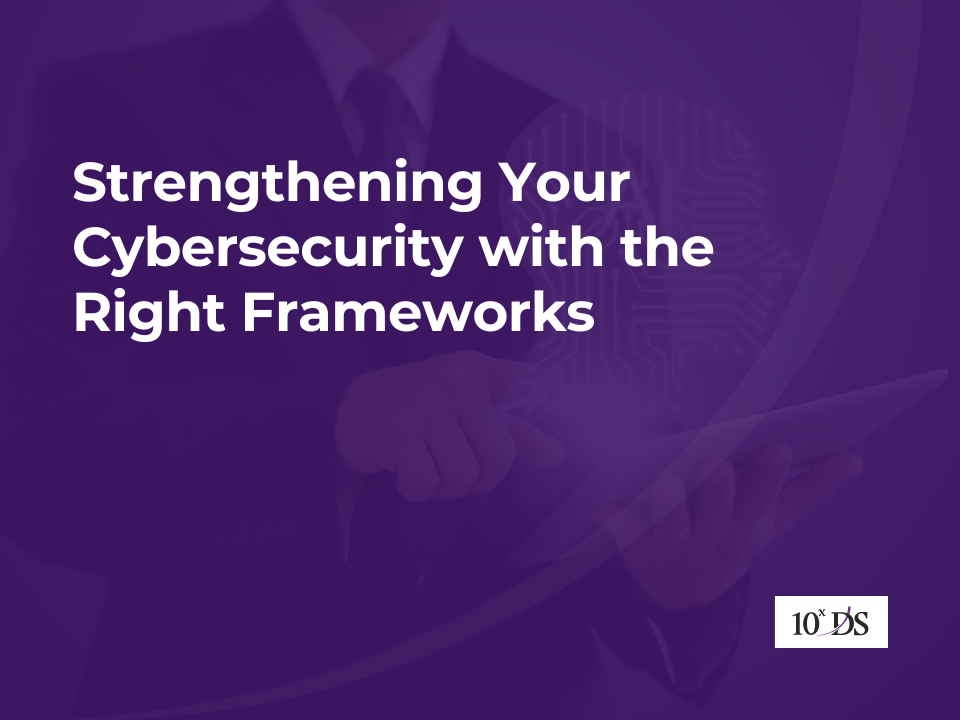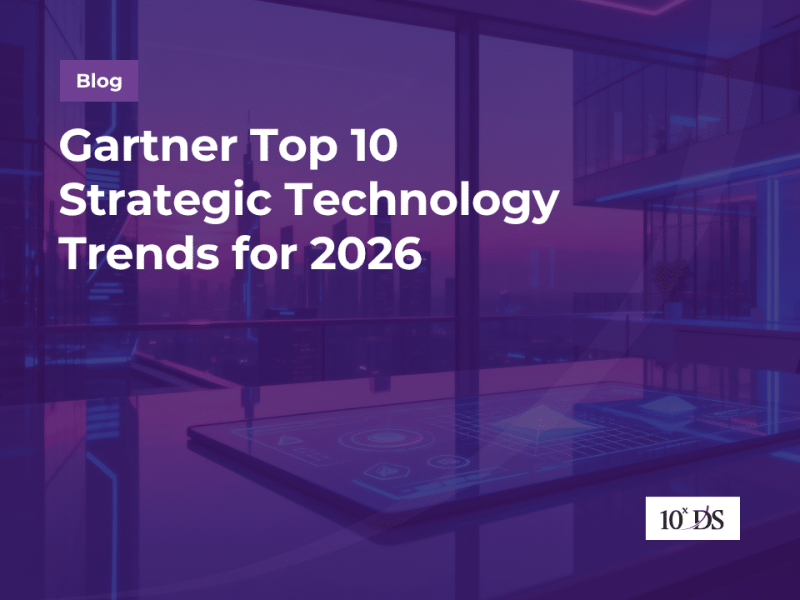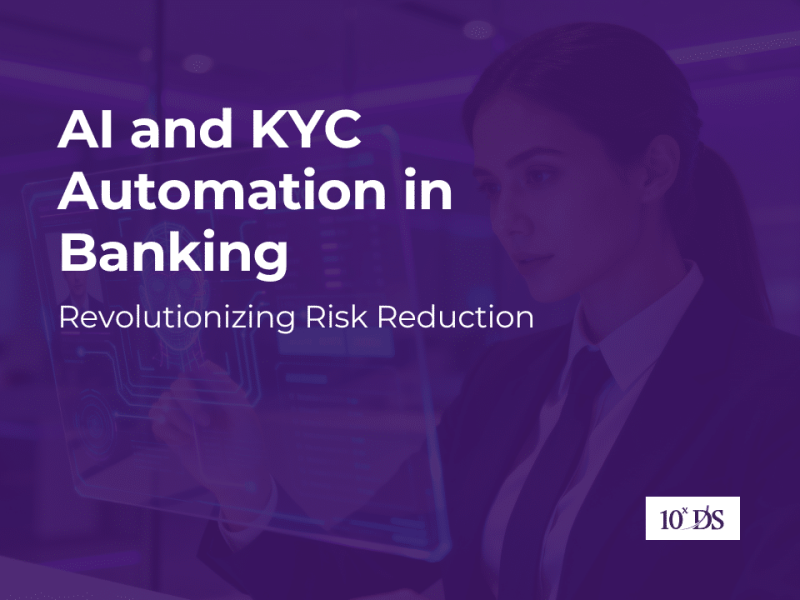
Strengthening Your Cybersecurity with the Right Frameworks
As organizations increasingly integrate technology into every aspect of their operations, the need for effective security solutions becomes more critical than ever. Cyber threats are evolving rapidly, putting businesses at constant risk. Traditional reactive measures are no longer enough to address these growing challenges. This is where cybersecurity frameworks provide a clear advantage. By offering a structured and proven methodology, these frameworks help organizations systematically identify, protect, and recover from cyber risks. They enable businesses to build resilient, adaptable security programs that evolve alongside the increasingly complex threat environment, providing a comprehensive, long-term solution for safeguarding critical assets.
What are Cybersecurity Frameworks?
Cybersecurity frameworks are standardized guidelines designed to help organizations identify, protect, and recover from cyber risks. They offer roadmaps for addressing vulnerabilities, ensuring compliance, and systematically strengthening defences.
Cybersecurity frameworks provide several key benefits that can significantly enhance an organization’s security posture. They ensure standardization, offering a consistent approach to cybersecurity across all teams, which helps streamline processes and reduce confusion. These frameworks also facilitate risk management by proactively identifying and mitigating threats before they become major issues. Additionally, they ensure regulatory compliance, aligning with essential laws such as GDPR, HIPAA, and CCPA, helping organizations avoid legal pitfalls. Finally, frameworks promote resource efficiency by focusing efforts on high-impact areas, allowing businesses to maximize their security results with optimal resource use.
How Does It Work? Cybersecurity Frameworks for Program Development
Leveraging cybersecurity frameworks for program development requires a structured approach that ensures both effectiveness and alignment with organizational goals. Begin with a gap analysis to assess your current security posture against the framework’s benchmarks, identifying compliance areas and pinpointing vulnerabilities. Next, focus on prioritization, allocating resources strategically to address high-risk vulnerabilities and critical threats first. To ensure long-term effectiveness, emphasize integration by embedding the framework into everyday operations and workflows, making cybersecurity a core part of your organizational processes. Additionally, customization is key—adapt the framework to align with your industry’s specific challenges, regulatory requirements, and the scale of your organization. This tailored approach ensures the framework supports unique business needs while maintaining flexibility for growth and innovation. By following these steps, organizations not only establish a strong foundation for their security initiatives but also position themselves to refine and enhance these efforts systematically.
Some Popular Frameworks to Consider
-
NIST Cybersecurity Framework (CSF):
The NIST Cybersecurity Framework (CSF) offers a structured approach for managing cybersecurity risks. It is organized around five core functions: Identify, Protect, Detect, Respond, and Recover. These functions guide organizations in identifying their cybersecurity risks, protecting their systems, detecting potential threats, responding to incidents, and recovering from disruptions. The NIST CSF is widely used due to its flexibility and applicability across industries, helping businesses improve their cybersecurity posture in a risk-based and systematic manner.
-
ISO/IEC 27001:
ISO/IEC 27001 is a global standard for managing information security. It outlines the best practices for establishing, implementing, operating, monitoring, and improving an Information Security Management System (ISMS). The framework focuses on protecting sensitive information through risk management, governance, and continuous improvement, ensuring that organizations meet compliance requirements and maintain strong information security practices. It is widely recognized and adopted across various sectors for securing critical business data and building trust with customers..
-
CIS Controls:
The CIS Controls are a set of prioritized cybersecurity best practices designed to help organizations defend against common cyber threats. Divided into Basic, Foundational, and Organizational categories, the CIS Controls provide actionable guidance on securing IT systems. The framework focuses on practical steps like inventory management, secure configurations, access control, and continuous monitoring, making it easy for organizations to adopt and enhance their cybersecurity defenses.
-
PCI DSS:
PCI DSS (Payment Card Industry Data Security Standard) is a set of security standards designed to protect payment card information from theft and fraud. It applies to any organization that stores, processes, or transmits payment card data. The framework includes 12 key security requirements, such as encrypting cardholder data, maintaining secure systems, and implementing strong access control measures. By adhering to PCI DSS, businesses reduce the risk of data breaches and ensure that payment card information is handled securely.
For specialized needs, frameworks like COBIT (for IT governance), GDPR (for data protection and privacy), ITIL (for IT service management), SOC 2 (for service organizations handling sensitive data) are also noteworthy.
Digital Strategies for Cybersecurity Optimization
Cybersecurity frameworks are not static tools but dynamic instruments that can continually evolve to meet new challenges. To optimize your security program using these frameworks, consider the following:
- Automated Vulnerability Management: We can implement tools that perform real-time scanning to detect system vulnerabilities and prioritize remediation efforts. Automation ensures that the process is 100% efficient and error-free, enabling quicker identification and resolution of vulnerabilities.
- Advanced Threat Detection: By using Security Information and Event Management (SIEM) solutions, we can aggregate and analyse security data in real-time, identifying potential threats with greater accuracy. This enables faster, more informed responses to security incidents, minimizing risk and damage.
- AI and Machine Learning Integration: Leveraging AI and Machine Learning technologies allows us to predict risks and detect anomalous network activities before they escalate into serious threats. These intelligent systems continuously learn from data patterns, enhancing our ability to spot potential intrusions early.
- Routine Compliance Automation: Automating compliance checks ensures that we stay continuously aligned with frameworks like NIST CSF or ISO 27001. This reduces the need for manual oversight, eliminating human error and ensuring that compliance is maintained effortlessly across all systems.
- Streamlined Framework Integration: By digitizing processes, we can seamlessly incorporate cybersecurity frameworks into our daily workflows. This integration improves operational efficiency, ensuring that best practices are followed without disrupting regular business activities.
- Incident Response Automation: Deploying automated tools for incident response allows us to quickly isolate compromised systems, deploy patches, and mitigate damage in real-time. Automation helps minimize downtime and ensures that security incidents are addressed with speed and precision.
Challenges and Solutions in Implementing Cybersecurity Frameworks
Implementing cybersecurity frameworks can be challenging due to resource constraints, integration complexity, and resistance to change. However, these obstacles can be overcome by starting small with high-priority areas to build confidence and show quick wins. Engaging external consultants and leveraging automation tools can further streamline the process, improve efficiency, and ensure faster compliance. By addressing these challenges strategically, organizations can ease the transition, ensuring smoother adoption and maximizing the benefits of their cybersecurity frameworks.
Cybersecurity frameworks are more than just checklists—they’re strategic tools that enable organizations to safeguard their assets and thrive in a digital world. Are you ready to optimize your cybersecurity program? For personalized guidance, consult with cybersecurity experts at 10xDS, who can tailor these frameworks to your organization’s needs.


